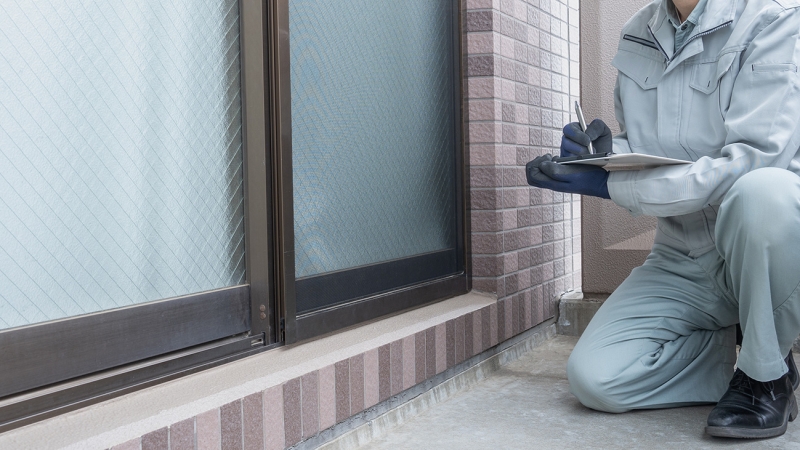If you’ve joined the board of a newly registered condominium project, you’ll likely be faced with a lot of new processes and terminology that you’re not familiar with. One of these is the “performance audit.”
The performance audit is a key part of the warranty on the common elements of your project, which you and the rest of the directors on the board will need to manage. And because the performance audit occurs in the first year, it’s a good idea to get up to speed on it as soon as possible.
Below is a quick overview to get you started.
What is a Performance Audit?
A requirement under Section 44 of the Condominium Act, the performance audit is a comprehensive inspection of a project’s common elements to identify any deficiencies that need to be addressed, such as water penetration or fire safety issues.
The first-year performance audit must be conducted between 6 and 10 months from the date of registration of the project, and the resulting report must be submitted to Tarion before the end of the 11th month following registration.
The individual who conducts the performance audit for the condominium corporation is referred to as the performance auditor. The performance auditor must have the following specific qualifications:
• hold a certificate of authorization under the Professional Engineers Act, or
• hold a certificate of practice under the Architects Act.
It is up to the condominium corporation to hire and pay for the performance auditor.
What happens during and after the Performance Audit?
During the performance audit, all major components of the building are reviewed, including the foundation, parking garage, elevators and mechanical, electrical and fire protection systems.
The performance auditor will also review all final reports that Tarion requires (such as the builder’s Final Bulletin 19 Report) and conduct a survey of unit owners to determine if damage to individual units may have been the result of a deficiency in the common elements.
Along with the performance audit report, the performance auditor will submit a performance audit tracking summary (or PATS) to Tarion and the builder. The PATS, which lists all items identified in the performance audit, is a tool that is used to track the progress of repairs and allows communication to take place between the condominium corporation and the builder. Tarion expects the condominium corporation to update the PATS every 90 days.
The builder will have an 18-month repair period from the first anniversary of the registration date of the condominium project to repair or resolve all items listed on the PATS that are covered by the warranty.
Appointing a Designate and using MyHome
Around the time the performance audit is submitted, the condominium corporation must select a “designate.” The designate is the individual (e.g., a board member, property manager or performance auditor) who will act as a point of contact between the corporation and Tarion. The designate is responsible for overseeing the resolution of warranty items, managing timelines, and making the required regular updates to the PATS.
The name of the designate must be communicated to Tarion using the Appointment of Designate Form. As soon as Tarion receives the form, the designate can take advantage of MyHome, an online tool that makes managing the common elements warranty a lot easier. For example, MyHome allows the designate to submit warranty forms, upload documents to support a warranty claim, and update the PATS. By sending email reminders for important warranty dates, MyHome ensures that designates stay on top of things at all times.
Learn More
If you want to learn more about the warranty process for condominium common elements, please refer to our Registrar Bulletin 2, or contact us.
